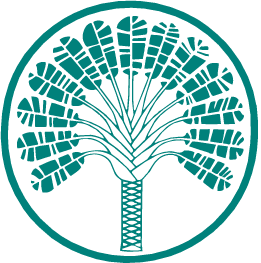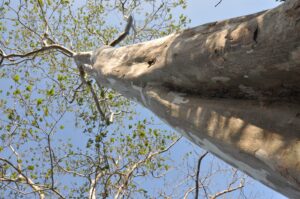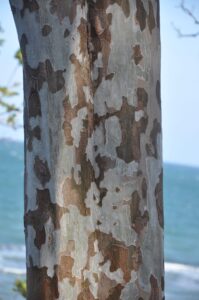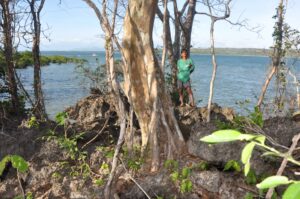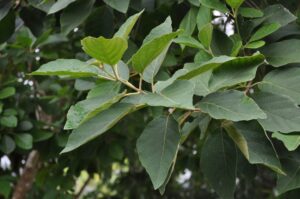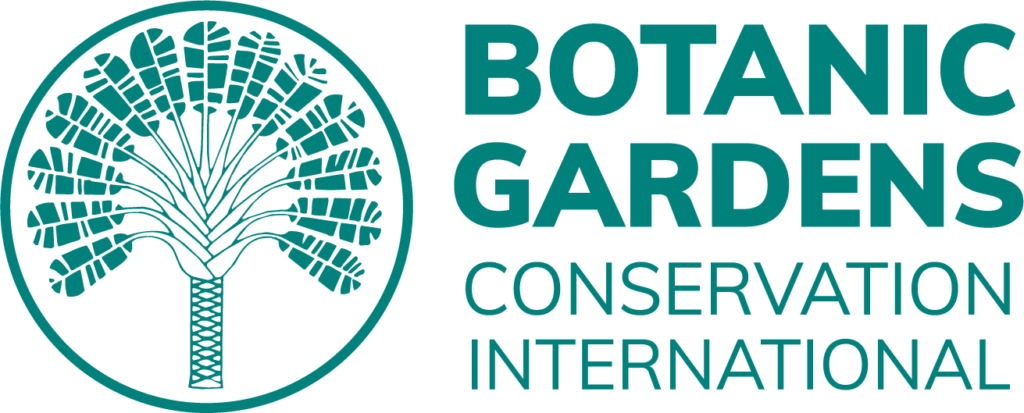- Species
- Tectona philippinensis
Tectona philippinensis

Where is this tree found?
Tectona philippinensis, the Philippine teak, is a large tropical tree endemic to the Philippines. It is only found in Luzon, Ilin, a small island south of Mindoro, Madulid and Agoo. More recently it has been reported as having fragmented populations along the coast of Lobo and San Juan to the inland mountain ranges of Batangas province. Additional subpopulations of the species were also recorded in the municipality of Taysan and the city of Batangas. Most of these were recorded in coastal forests, littoral cliffs and inland exposed limestone ridges at elevations of 5-200m above sea level, where this tree is an important element of the beach-coastal forest. Even more recently in 2016 this species was recorded in Nasugbu, Batangas, Ternate and Cavite.
Why save this tree?
This is the only Tectona (teak) species in the Philippines. It is selectively logged due to its highly valuable timber which, thanks to its high density and excellent strength, is used for heavy-duty structural applications such as shipbuilding, bridges, wharves, mine timbers, posts, beams, railway carriages and for heavy-duty furniture, carpentry and wood carving.
In addition, this species has medicinal uses. A decoction of the fresh leaves dried leaves is used to treat menstrual disorders and haemorrhages and the oil from the nuts is used to stimulate hair growth and to treat skin irritations.
Due to the restricted range, degraded habitat and fragmented population of this species there is estimated to be only 6,026-7,300 individuals remaining in the wild. Protecting the remaining habitats from land-use changes will allow the recovery of the wild populations of this species and improve ecosystem services of upstream watersheds that support the growing urban population downstream.
How to save this species
Building local knowledge is important for the long-term conservation of this species. Local communities will be equipped with the skills to grow the species in community nurseries. Selling saplings will also provide an additional and sustainable source of income. Working with local authorities, local ordinances for the protection of the species will be prepared. Natural populations will also be increased through reinforcement planting and facilitating natural regeneration. In order to raise awareness and public knowledge of the importance of conserving this and other threatened Philippine tree species, educational material will be created and shared.
A systematic, cost-effective, and rational approach
- Assessment and inventory of priority Philippine threatened trees
- Capacity building of local authorities, local communities and academics
- Propagation of quality seedlings by local communities for habitat restoration
- Establishment of ex-situ collections
- Improve local habitat protection
- Increasing public awareness
Partners for Tectona philippinensis

Sponsors for Tectona philippinensis


